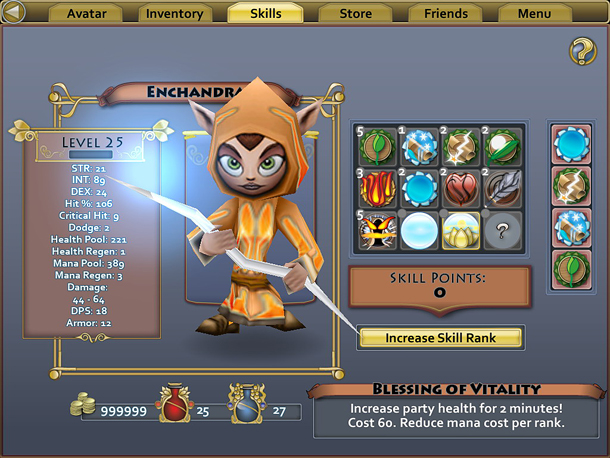 Why do users go to spend money in a free game? Game designer Pascal Luban is sure that there are not so many reasons – only six. Among them: the desire to speed up the gameplay and the need to get to know someone on the other side of the screen.
Why do users go to spend money in a free game? Game designer Pascal Luban is sure that there are not so many reasons – only six. Among them: the desire to speed up the gameplay and the need to get to know someone on the other side of the screen.
“Currently, making money on F2P is both science and alchemy,” says designer Pascal Luban in his latest article. According to him, despite the fact that there are certain rules for successful monetization, their success depends, to a greater extent, still on the intuition and imagination of game developers. And in order to understand all this, first of all, it is necessary to understand the motivation of the paying audience. This is 5-10% of all F2P players.
So, according to Pascal, purchases in the free game are made for the following reasons:
…to speed up the process or get access to new features
Many F2P games are specially made so that the flow of necessary “needs” does not stop. The game provides enough resources to get involved in the process, gain a couple of levels, but then the user is faced with the fact that new buildings, units or items are too expensive. At the same time, their range is significantly expanding. Moreover, it turns out that some of them are necessary to overcome new obstacles.
So the player is faced with a stunning choice of items that he wants to acquire, or tasks that he wants to solve. It becomes difficult to resist the temptation to transfer cash into in-game currency to purchase game resources or items.
…to access the full version of the game
Some very successful “free” games – like Angry Birds or Where Is My Water? – use the freemium model: they provide enough content to get acquainted with the game (a couple of levels, for example), and then ask to pay for the full version of the game.
…to make the game easier
Many F2P games require you to log into the game regularly in order to perform any basic “routine” operations, such as picking vegetables. In some of them, they are even fined if the player does not enter the game regularly. Automation of such a routine is possible when buying a certain item in the game for real money.
…to satisfy your own ego
Social F2P games are showcases in which some players try to show their best side and impress others. Such games often provide several possible ways for users to look unique. There are exclusive houses at a special cost, and limited edition items and personal avatars when it comes to role-playing games.
Moreover, some F2P games, wanting to force the player to spend money on in-game content, block the opportunity, for example, to choose these avatars. So in the game it becomes immediately clear who is new here. It is clear that there are not so many people who want to look like a noob. However, changing the avatar is not the only way to stand out. For example, in some games it is possible to change the color that displays your name. For money, of course.
…to give gifts
According to Akio Tanaka of Infinity Ventures, 29% of men and 21% of women buy in-game content to make gifts. Essentially, many users playing F2P games are just flirting.It should be understood that at the moment it mainly concerns social and client games. Before mobile projects, this trend is still not relevant. Another thing is that you need to remember about it, because the mobile segment is developing very quickly.
…to get access to advanced functionality
Some F2P games make it possible to change the interface, create a guild, and so on. All these functions are mainly designed for a hardcore audience and, perhaps, will be more relevant with the arrival of complex genres (role-playing games, among others) on mobile platforms.


